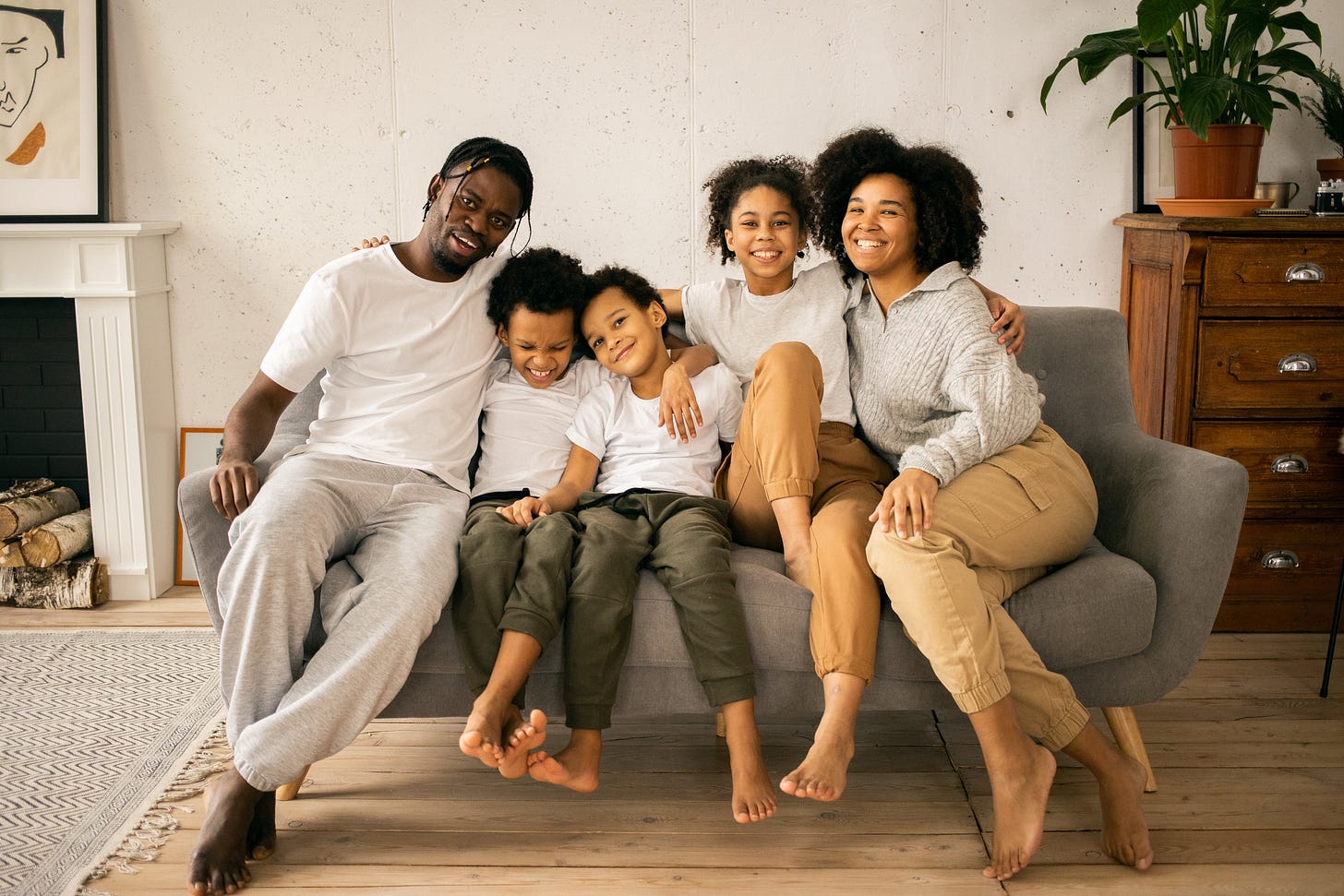“Regulated, connected kids who feel safe and know what to do behave well.”
- Robyn Gobbel, LMSW
Last month, I wrote about felt-safety and how it impacts our child's development. This month, I’ll be taking a look at regulation - what it is and how we can teach our kids to self-regulate.
To re-cap: the human brain scans for safety four times every second(!!). If the information that we’re receiving is mostly “safe,” then we are able to connect to others around us, and we’re able to regulate our emotions and our bodies. If the information that we’re receiving is mostly “danger,” then we become disconnected from the people around us, and we become physically and emotionally dysregulated. But what is regulation, really?
Regulation is about balance. Our autonomic nervous system has an accelerator and a brake. Regulation means that the accelerator and the brake of our nervous system is in balance, and there is an ability to both monitor that energy/arousal, and change it if necessary.
BUT! Regulated does not equal calm! “Regulated” and “calm” are two concepts that are often conflated, but they are actually not the same thing. Societal expectations pressure parents (and kids!) to feel as though they should appear calm and in control at all times, but this is simply not how nervous systems work. The idea that “calm” is the ideal nervous system state causes people (adults AND kids) to bypass their authentic states and emotions to appear calm. But this is actually terrible for our brains and our relationships.
Lisa Dion defines regulation as “a moment of mindful awareness and connection with myself that allows me to access higher centers of my own brain so that I can feel more poised and grounded in order to make decisions about what to do next.” Put another way - you can absolutely be angry and still connected to yourself. You can be afraid and remain connected to yourself. You can be connected to yourself in your overwhelm and your anxiety and your sadness. Feeling your true emotions while remaining connected to yourself models authenticity to your child (much more than just pretending to be calm!).
How does regulation develop?
A lot of our nervous system develops in utero and continues to get strengthened and refined in infancy. Put another way, regulation is developed through co-regulation.
Let’s think of it this way: a regulated adult offers soothing to a crying infant, because infants are still developing regulation. That does not mean that the infant is still developing a calm level of arousal, right? Infants know how to be calm. What they struggle with is moving back and forth between activation and rest. When an infant is expressing activation by crying, they need an adult’s help to soothe them.
And the caregiver does not just stay calm! The first thing that happens with the caregiver is that - when the infant cries - they feel activation in their own nervous system that allows them to match the baby. There’s a little burst of “Oh! The baby is crying!” Then the adult regulates their level of activation because an activated, dysregulated adult is definitely not going to be able to soothe a crying baby! The caregiver brings their own energy down so that they can energetically lend their deactivation to the baby.
The adult can do both things! Be activated enough to move into action, while also offering soothing to the baby and soothing themself.
There’s a little dance involved: the caregiver responds to the baby, then the baby responds to the caregiver, and the caregiver responds to that, and the baby responds to that… This is a mostly unconscious dance that is sometimes in sync and sometimes not.
So, then, co-regulation is two people coming together. One of those people is regulated.
The ingredients of co-regulation are:
Physical Proximity. You cannot regulate a baby from another floor of the house, or even another room. There is physical proximity and the closer you get to the baby, the easier it is to offer co-regulation.
Attunement. The caregiver allows the baby’s emotional distress to resonate in their own body and responds to that.
Matching the Energy. The baby’s energy is matched by a regulated caregiver.
Co-regulation can feel a lot like doing, but it’s really so much more about being. Most co-regulation doesn’t involve doing much of anything. It’s the kind of co-regulation that is constantly between two people without us even thinking about it. Like a heartbeat, it’s just always happening.
So what about older kids?
For kids who are struggling with self-regulation, they need more proximity to a regulated adult.
To offer co-regulation, the adult’s nervous system must be experiencing enough felt-safety to be able to resonate with the child’s intensity without becoming flooded by it.
The adult matches the child’s intensity and activation, while also maintaining a connection to their own grounded and present self.
Then the adult participates in the dance.
Phew!
If you are ready to learn more, check out my free webinar here. You can also check out a podcast episode all about regulation here.
Next week, I’ll be tackling co-regulation and sleep. What does it look like to offer co-regulation when you just want your child to go to bed?!




